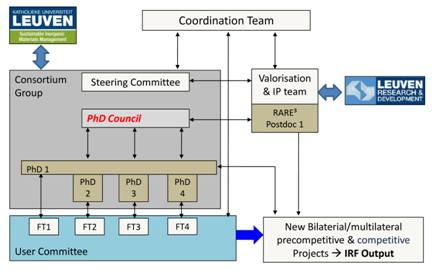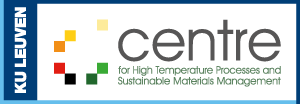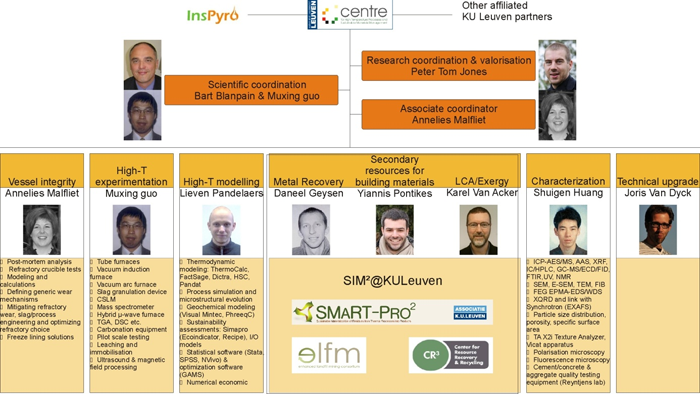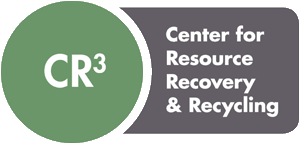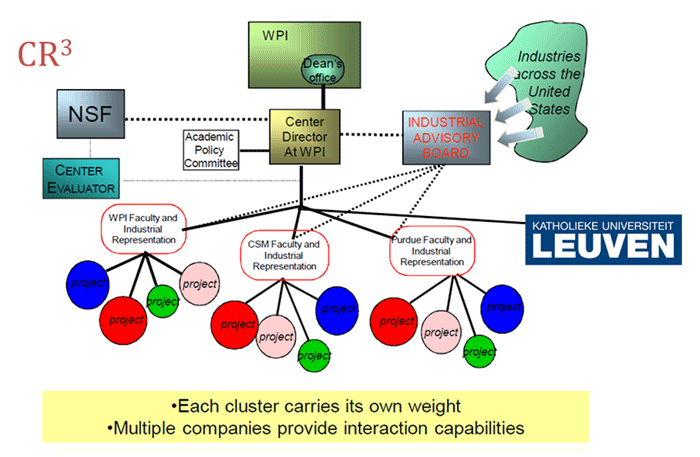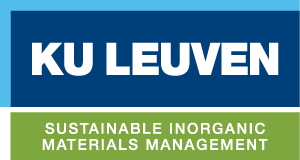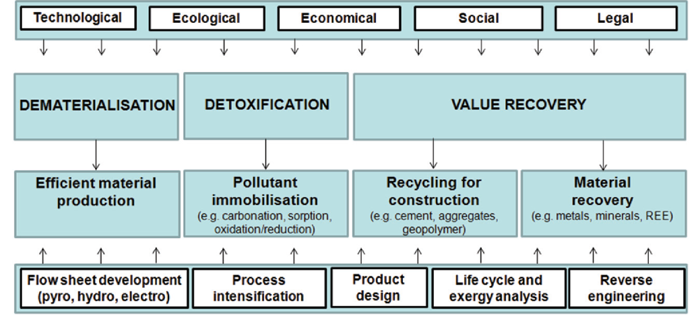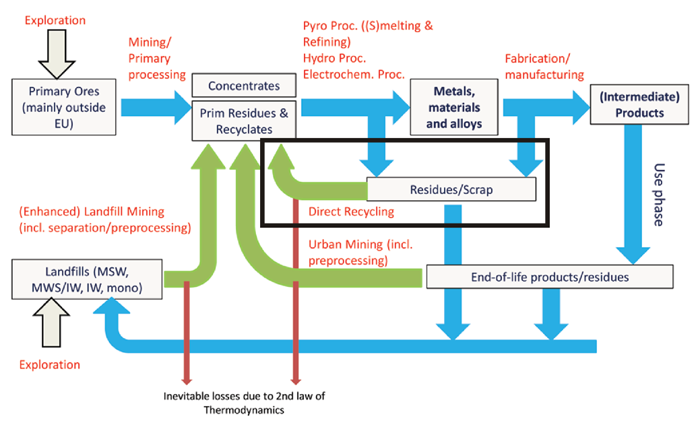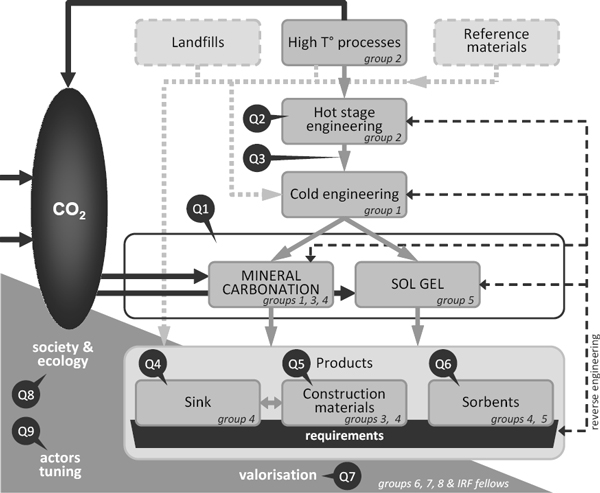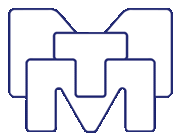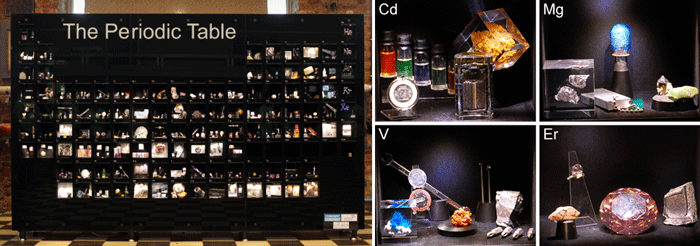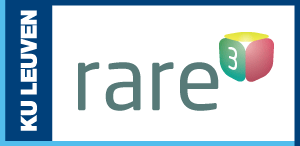
Since 2004 rare earths have become increasingly important, because of their essential role in permanent magnets, lamp and phosphors, catalysts and rechargeable batteries. The increasing popularity of hybrid and electric cars, wind turbines and compact fluorescent lamps is causing an unprecedented increase in the demand and price of rare earths. China's domestic demand of rare earths has been growing so fast during the last years that it is predicted that China itself will consume its entire annual production by 2012 or, at latest, from 2014 on. Since a few years, China is strictly regulating the export of rare earths. These export quota cause serious problems for consumers of rare earths outside China, and also for the development of a more sustainable economy. Although Europe has some potentially exploitable natural resources of rare earths and has access to secondary waste streams, recycling of rare earths from pre-consumer scrap and End-of-Life products is a strategic necessity. In addition, recycling can avoid the problems associated with radioactive thorium and uranium impurities in rare-earth ores and recycling requires much less energy input than primary mining activities.
The KU Leuven funded project RARE³ (800 kEURO, 4 PhD students) is focused on breakthrough recycling processes based on non-aqueous technology for the two main applications of rare earths: permanent magnets and lamp phosphors, which represent >70% of the rare earths market by value. By recycling the REEs from phosphors and magnets one specifically targets the five most critical rare earths: Nd, Eu, Tb, Dy and Y. This work is part of a more general objective to create fully integrated, closed-loop recycling flow sheets for rare-earth magnets and phosphors. Concurrently, a consequential life cycle analysis (LCA) has to be carried out for the recycling of rare earths in magnets and lamp phosphors.
RARE³ is structurally embedded in the flagship SIM² research line at KU Leuven and features a User Committee consisting of major REE players in the EU and the US (Umicore, Rhodia, MEAB, HC Starck, Chemconserve, Veolia, MEFOS, Öko Institut, General Electric, Philips, Osram, Yara, Indaver, Group Machiels, Revatech, FEBEM, Van Gansewinkel, ArcelorMittal, Prayon, Hydrometal, Decistor, Metsol, InsPyro, LCM, Nokia, COBEREC).
